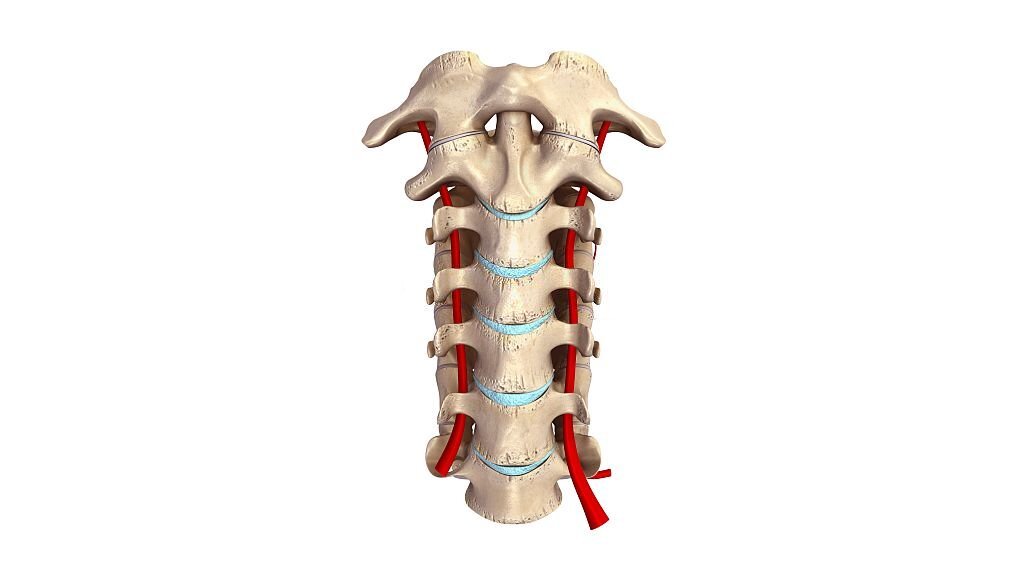
How Home Workouts provides speedy recovery Post ACDF Surgery
The most common spine surgery in the United States is anterior cervical discectomy and fusion (ACDF), which treats persistent neck disorders. Neck pain, chronic neck pain, and radiculopathy, or pain that extends out and radiates to other regions of the body, in this case down the arms, affect 30 percent of Americans each year.
Although it’s a technique that can help, up to two-thirds of patients still have neck pain and dysfunction following an ACDF. Exercise is one of the most effective strategies to manage neck pain and dysfunction. According to research, starting an exercise routine shortly after surgery can help reduce discomfort and reduce reliance on drugs.
Treatment of ACDF
People with degenerative disc disease or a bulging or ruptured disc have the treatment. These disorders can cause numbness, tingling, pain, and/or paralysis in one or both arms by putting pressure on your spinal cord or nerve roots branching from it. Cervical Discectomy Orange County candidates frequently suffer from symptoms that do not respond to therapy or medication, such as severe hand or arm weakness and arm pain that is worse than neck pain.
ACDF Surgery
An ACDF procedure consists of two parts: a discectomy and a fusion (as the name implies). The term “anterior” refers to the surgeon entering your injured discs from the front of your neck rather than the back.
A discectomy is a surgical procedure in which an Orange County Neurosurgeon removes parts or all of an intervertebral disc to relieve nerve pressure and symptoms. To eliminate painful movement, the two vertebrae are fused. A bone graft is inserted between the vertebrae where the disc was removed by surgeons. The bone graft serves as a structural scaffold upon which the body will grow new tissue, causing the vertebrae to grow together.
The graft can come from one of three places: your bone (called an autograft, and is usually a piece of bone from your pelvis—the pointy promontory of bone just above your front jean pocket), a bone donor bank (allograft, from a cadaver), or a bone graft substitute material such as man-made plastic, ceramic, or bioresorbable compounds.
What ACDF can Treat?
Individuals with degenerative disc disease or a bulging or herniated disc are candidates for the procedure. These conditions can cause the spinal disc to press against the spinal cord and nerve roots that branch out, resulting in:
- Numb
- Pain
- Sensations
- Arm ailment in one or both arms
The majority of people who are advised to have surgery have symptoms that do not respond to non-surgical therapies or medication/s. Hand/arm weakness and arm pain that is worse than neck pain are significant symptoms.
Reasons for starting home exercise post-surgery
Physical therapy or exercise should be started approximately six weeks after your ACDF, after your recovery is well underway, according to conventional opinion. Whereas, the SPINE trial suggests that starting a home exercise program (HEP) right soon may be more effective. Put a lot of emphasis on the word “home”: According to some stats, telemedicine may be a sufficient substitute for a person’s physical therapy sessions, especially for ACDF patients.
The results of 28 individuals were studied 12 months after surgery. The participants are generally divided into two groups: those who received conventional treatment and those who received HEP. Each group got standard postoperative care from their surgeons, as well as medicines, activity restrictions, and a cervical collar (neck brace).
Generally, a care group receives six weeks of surgery. However, the HEP group is directed according to the initial postoperative period of six weeks. It includes instructions like walking and sleeping. In addition to this, the range of motion and exercises is also included. Also, they were taught cognitive-behavioral relaxation techniques.
A physical therapist called these participants once a week. Every two weeks, the difficulty of the exercises was increased based on the therapist’s clinical judgment. The early HEP group reported less short-term neck pain and was less likely to be using opioids 12 months after surgery than the usual care group.
It’s usual for neck pain to return after recuperation. However, by following a few precautions, you can reduce your suffering.
- When lifting, use good form.
- Objects should be kept close to the body.
- As you lift, keep your back flat.
- Keep your neck in a neutral position
- When you’re sitting, standing, walking, or sleeping, pay attention to your posture.
- Gradually increase the amount of exercise you do.
- Don’t go overboard.
- Address any underlying worry or fear.
- Fear of causing pain can lead to tension, which can aggravate or even trigger new pain symptoms.
- Stop smoking, as it has been found to obstruct fusion and increase the risk of complications during the treatment. It is up to the individual to stick to an exercise regimen and use correct ergonomics to achieve the best outcomes.
Your lifestyle can be improved with surgery. Here your surgeon plays a vital role. Hence, you can book an appointment with our experts to know more or visit us at Brain Spine MD
